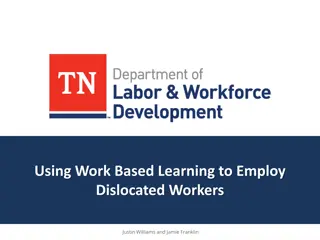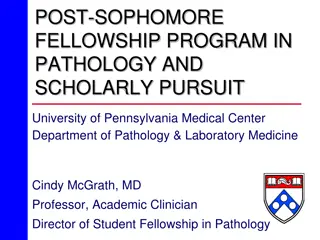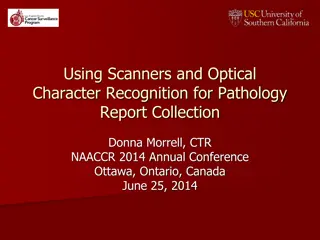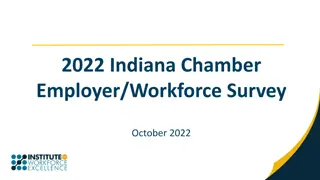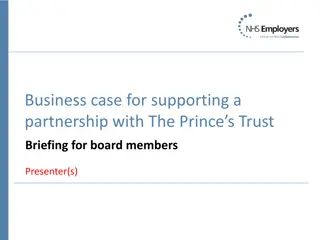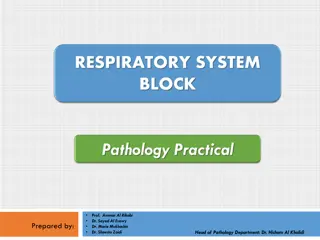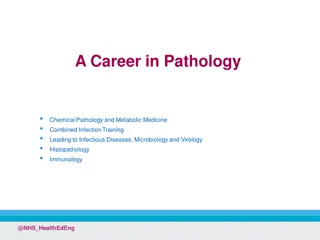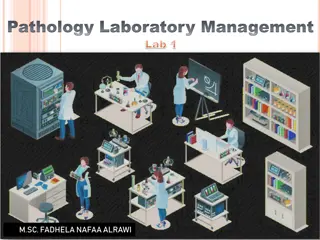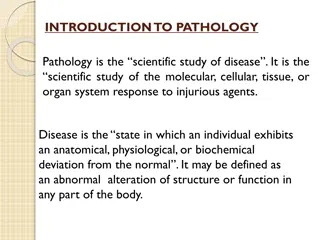
Pathology Apprentice Workforce Development and Training Guide
"Discover the benefits of apprenticeships in pathology workforce development, including training, education levels, and implementation strategies. This comprehensive guide outlines the impact on career pathways, retention, and diversity, providing insights for organizations in the South East region. Learn about apprenticeship drivers, levels, and training considerations to optimize workforce development."
Download Presentation

Please find below an Image/Link to download the presentation.
The content on the website is provided AS IS for your information and personal use only. It may not be sold, licensed, or shared on other websites without obtaining consent from the author. If you encounter any issues during the download, it is possible that the publisher has removed the file from their server.
You are allowed to download the files provided on this website for personal or commercial use, subject to the condition that they are used lawfully. All files are the property of their respective owners.
The content on the website is provided AS IS for your information and personal use only. It may not be sold, licensed, or shared on other websites without obtaining consent from the author.
E N D
Presentation Transcript
Pathology Workforce: Apprenticeships Gopy Sundararajah Regional Apprenticeship Lead, Pathology, South East
Apprenticeship What is an apprenticeship? Apprentices are employees who work, earn and learn. They combine on-the-job training and experience, with off-the-job learning. Apprentices can be new recruits or existing employees aged 16 years and above. Most, but not all, Apprenticeships include a formal qualification and all learning is related to the skills, technical knowledge and practical experience required for the job. They last for at least a year. The longest last for five years. What do you need? An apprentice must be employed in a job role for minimum 12 months Apprentice must spend at least 20 per cent of their time on off-the-job training Apprentices must be paid for time spent training or studying for the relevant qualification
Apprenticeship: Drivers Levy over 3 million and 0.5% of taxable income from 2017 Apprenticeship frameworks are replaced by standards by 2020 Public sector employers of more than 250 people will have a target which they will need to report against annually. Target for pathology workforce in South East to increase the numbers by 10
Benefits Help develop clear career pathways and retain staff Develop your existing workforce Reshape your workforce Apprenticeships have lower attrition rates Attract and recruit from a wider pool of people in your local community Flexibility and innovation to open the doors for future workforce Recruit a diverse and representative workforce Return on investment BMS level 6 will include the portfolio work too
Apprenticeship Training - Things to Consider Undertake a skills gap analysis and identify potential areas for apprenticeships (for both existing staff and new starters). Develop career pathways for different services/departments Scientific/clinical staff Manager Support staff Identify staff development needs through appraisals and think about how these could be met through an apprenticeship. Carry out a procurement exercise to engage training providers who can meet the organisation s needs. Consider including e-learning elements in your training. Identify how you will support and monitor the progress of your apprentices.
Apprenticeship Education Level Level Equivalent Qualification Apprenticeship 1 Five GCSEs grade D-G or 1,2,3 2 Five GCSEs grade A*-C or 9,8,7,6,5,4 NVQ level 2 Intermediate 3 Two A Levels NVQ level 3 Advanced 4 Certificate of Higher Education NVQ level 4 Higher 5 Diploma of Higher Education Foundation Degree Higher 6 Bachelor s degree Degree 7 Master s Degree Degree
https://www.ahcs.ac.uk/wp-content/uploads/2017/07/MSC-Programme-Slide-v0.5-100717-1024x709.jpghttps://www.ahcs.ac.uk/wp-content/uploads/2017/07/MSC-Programme-Slide-v0.5-100717-1024x709.jpg
Healthcare Scientist Pathway https://www.skillsforhcs.com/apprenticeships
What's Available in Pathology Workforce? Scientific L2 Healthcare Science Assistant L3 Laboratory Technician L4 Healthcare Science Associate L6 Healthcare Science Practitioner Degree L7 Clinical Scientist L7 Senior Leadership Business & Support L2 Recruitment Resourcer L2 & L3 Customer Service L3 & L4 Business Administration L2 Supply Chain Warehouse Operative L4 Commercial Procurement and Supply L3 Infrastructure Technician L4 Data Analyst L4 Business Analyst L4 Quality Practitioner L7 Accountancy Taxation Professional L&D L3 Learning Mentor L5 Learning and Skills Teacher Management L3 Team Leader L5 Operations Manager
Clinical Scientist Level 7 Currently no providers for clinical scientist
Research Scientist Apprenticeship from Keele University MSc Technical Leadership (Analytical Science) MSc Technical Leadership (Biomedical Science) Names of programme(s): (Specialism: Analytical or Biomedical Science) (Delivering the Research Scientist Apprenticeship) Mode of study: Part-time (Apprenticeship) Level 7 Framework of Higher Education Qualification (FHEQ) level of final award: Duration: Two years part-time MAN-40160: Project & Processes (30 credits) / blended delivery PHY-40029: Data Analysis (15 credits) / blended delivery CHE-40044: Research Communication (15 credits) / blended delivery R&D (30 credits): in Analytical Science (CHE-40042) or Biomedical Science (LSC-40069) / 2-week residential MAN-40158: Leading Teams (30 credits) / blended delivery
Cost of Apprenticeship Paid through apprenticeship levy and its generally underspend by Trust Funding of 1,000 is available for employers to support 16-18-year olds into employment. There is also additional funding support of 1,000 available for employers who employ apprentices aged 19-24, who have previously been in care or who have a local authority education, health and care plan and may need extra support Other funding through HEE
20% Off the Bench Off-the-job training must deliver new skills that are directly relevant to the apprenticeship. It can include the following: the teaching of theory (for example, lectures, role playing, simulation exercises, online learning, and manufacturer training); practical training, shadowing, mentoring, industry visits, and participation in competitions; or Learning support and time spent writing assessments / assignments. Off-the-job training does not include: training to acquire knowledge, skills and behaviours that are not required in the apprenticeship standard; progress reviews or on-programme assessment required for an apprenticeship standard; or training which takes place outside the apprentice s normal working hours.
Building Apprenticeships into the Workforce Strategy Consider the following questions when developing your workforce plans. How can a scaled-up apprenticeship offer act as an enabler of your workforce strategy? How can apprenticeships enable you to meet key actions from the NHS People Plan, Workforce Race Equality Standard (WRES) and the Workforce Disability Equality Standard (WDES)? How can apprenticeships enable you to be more representative of the community you serve? Does your current apprenticeship offer align to the skills/talent pipeline you will need over the next five years? How can the introduction/use of apprenticeships tackle your key workforce challenges? Know the range of apprenticeships you could include as part of your workforce strategy.
Key Contacts Training Lead/Manager Pathology Laboratory Manager Regional Healthcare Scientists Apprenticeship Lead Trust Apprenticeship Lead /Advisor Trust Healthcare Scientist Apprenticeship Lead HEE Regional Apprenticeship Relationship Manager





